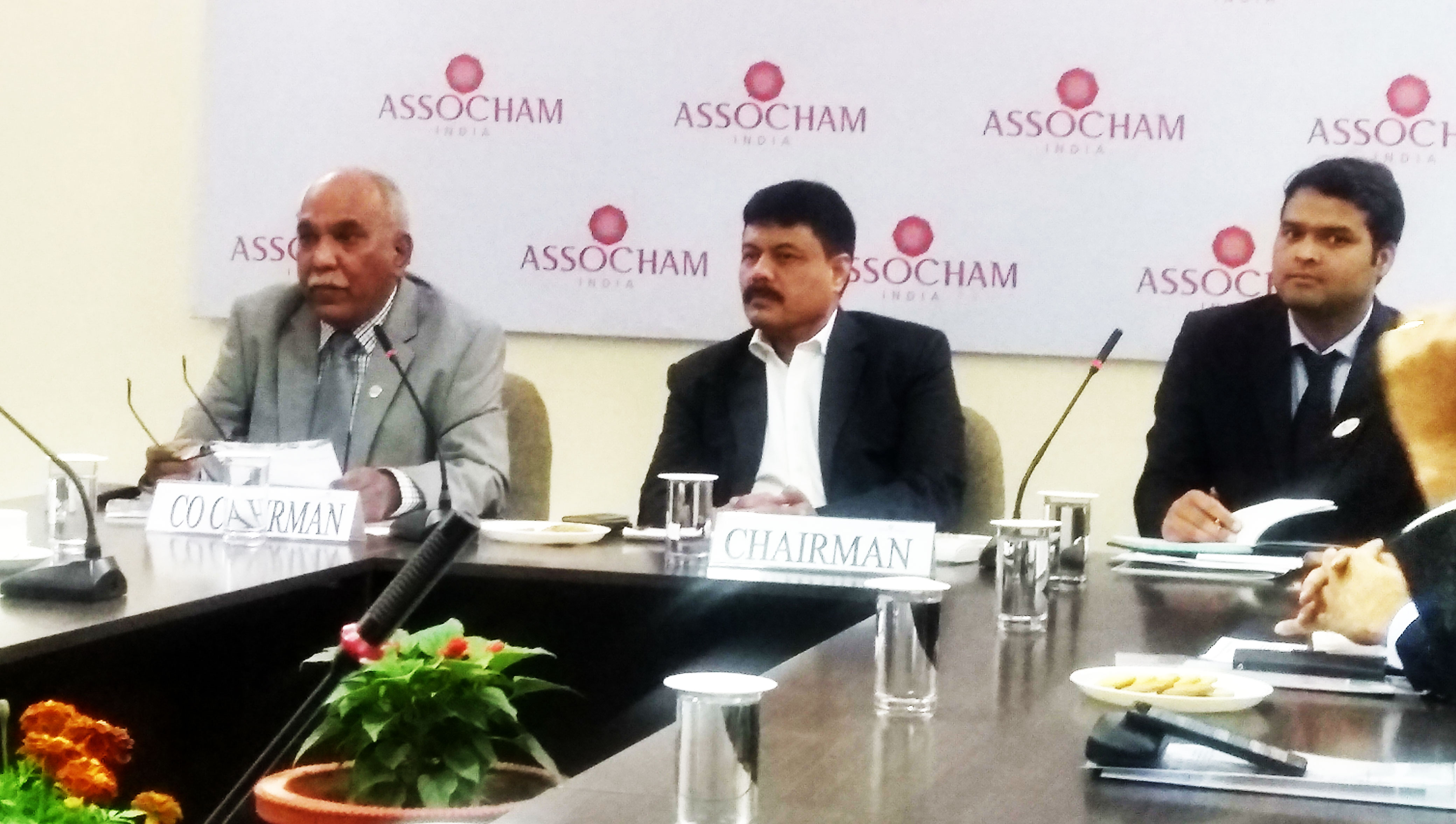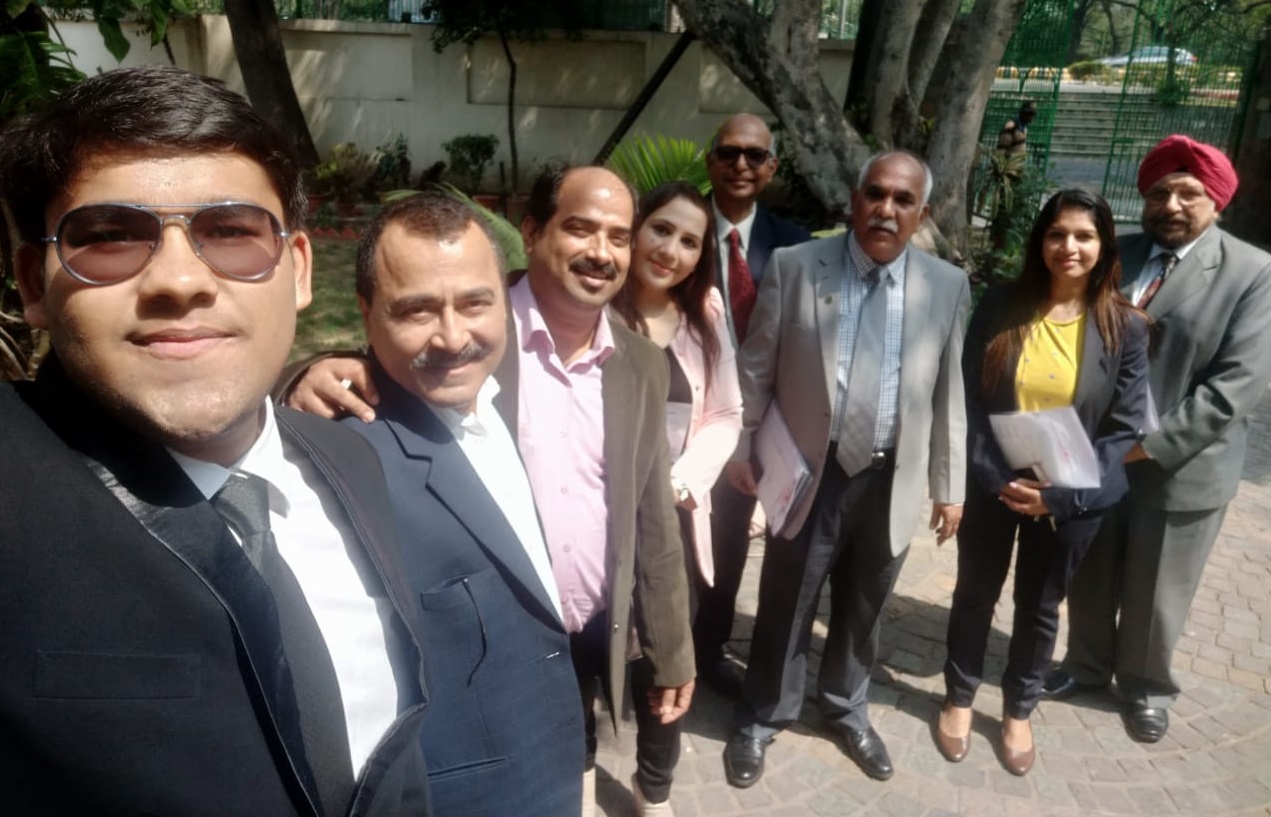ASSOCHAM National Council on Homeland Security & Disaster Management held their annual meeting on 14 March 2019 at ASSOCHAM office, New Delhi to discuss issues and finalize the roadmap for 2019-20. The meeting was presided over by the newly elected Chairman of the Council Rajeev Sharma, Country Managing Director, G4S, and moderated by the Co-Chairman, Anil Dhawan, Managing Director, DB Secure Solution.

The meeting was attended by various stakeholders of the private and homeland security sectors including OEMs, distributors, SIs, consultants, and media as well as pertinent government representatives especially from fire and disaster management departments. Mr. Dhawan briefed the forum about various activities of the council, and invited all participants to offer their suggestions and comments in the line that could help the Chamber prepare an efficient and robust road map for the coming year.
The objective of ASSOCHAM National Council of Homeland Security & Disaster Management is to provide government authorities valuable inputs and suggestions on behalf of the industry that could help them design and structure comprehensive and coordinated responses to the terrorist attacks, natural disasters, and/or other large scale emergencies in India. This preparedness would ensure the protection of citizens, lands, critical infrastructure and key resources of the country.
ASSOCHAM pursue these objectives along with the government’s policies to accommodate and drive high growth of the homeland and disaster management sectors through policy advocacy, conferences, seminars, council meetings, strategy papers, recommendations etc,
The stakeholders for such interactions include the Ministry of Home Affairs, department of Homeland Security, agencies like CRPF, CISF etc., concerned government and industry associations like BPR&D, CAPSI, IFSEC, FSAI etc., and related industry members, start-ups and ASSOCHAM members of the sector.
The government has various responsibilities; paramount being the protection of its critical national interests that most importantly comprise the citizens, followed by the vital installations such as border areas, industry, transportation and other critical infrastructures. Digital and social media are the new frontier for homeland security and it is inevitable to transform the way security related incidents and activities are handled in the country. It is essential that the law enforcement agencies of the country be well equipped with the latest technological solutions.
As per a KPMG and ASSOCHAM study, the capital expenditure on the homeland security by both the central and state government agencies presented a potential of USD2.73 billion for the year 2018-19. Much of this potential was created due to police modernization, critical infrastructure protection and counter terrorism efforts of the government. In 2018, the budgetary allocation to the Ministry of Home Affairs (MHA) was around USD15.8 billion, a growth of 10 percent over the previous year. Around eight percent (USD1.3 billion) of the total budget has been allocated towards the modernization of the homeland security forces and upgradation of current infrastructure.

India’s geo-climatic condition as well as its high degree socio-economic vulnerability makes it one of the most disaster prone countries in the world. The country is exposed to many natural hazards including floods, cyclones, droughts and earthquakes, and these disasters often cause significant damage to the property and life. The Government of India recognizes the need to shift from a post disaster reactive approach to a pre-disaster pro-active approach which includes preparedness, mitigation and prevention. While emergency response is vital as it is aimed at saving human lives and providing relief, the ultimate objective of any crisis management is the restoration of devastated livelihoods.
Some of the issues highlighted in the meeting are as follows:
- Security items should not be the part of GEM (Government e-marketplace) as the government has already implemented e-procurement for the security items and everything is transparent in this process.
- Homeland security agencies must train their staff not only in security but also impart them necessary skills and training in disaster management, so that they can work effectively and efficiently with the security forces in case of any natural disaster and calamities.
- Disaster management sector has huge potential of growth across the globe. Indian companies should utilize these opportunities for bigger roles.
- Minimum basic standards are required for the procurement of security items by para military forces and security departments such as CCTV cameras and other equipment for sensitive areas.
- Government should issue guidelines for the security of school, educational institute and hospitals.
- Government should use security items for better monitoring and surveillance of roads and public places.
- Drones in India should be considered as an industry, not just as a technology.
- There is a need to understand the procedure and functioning of National Accreditation Board for Testing and Calibration Laboratories (NABL) regarding testing of products.